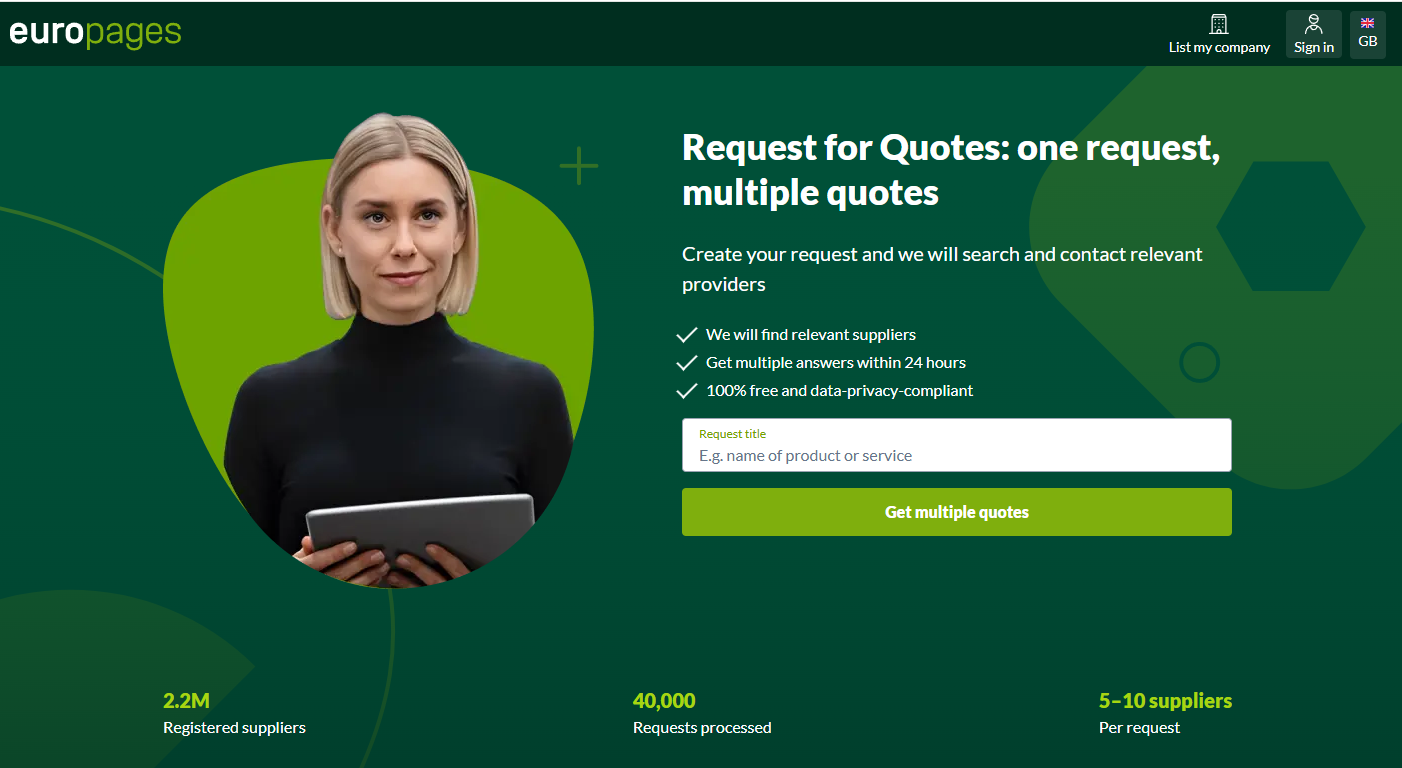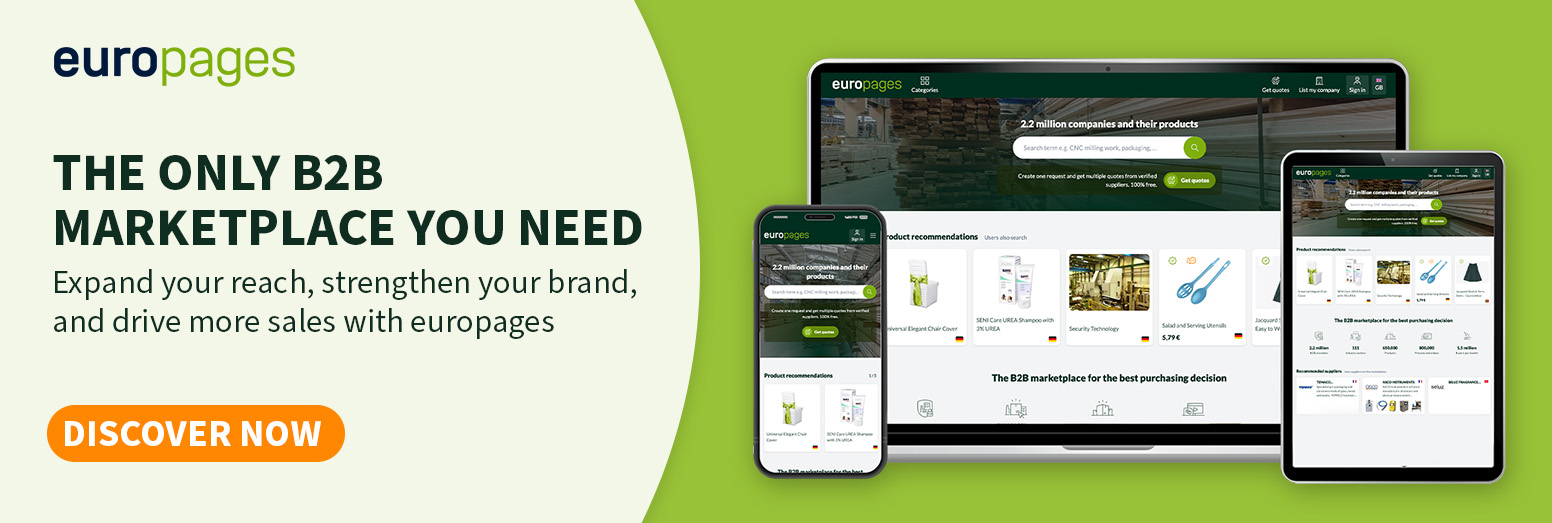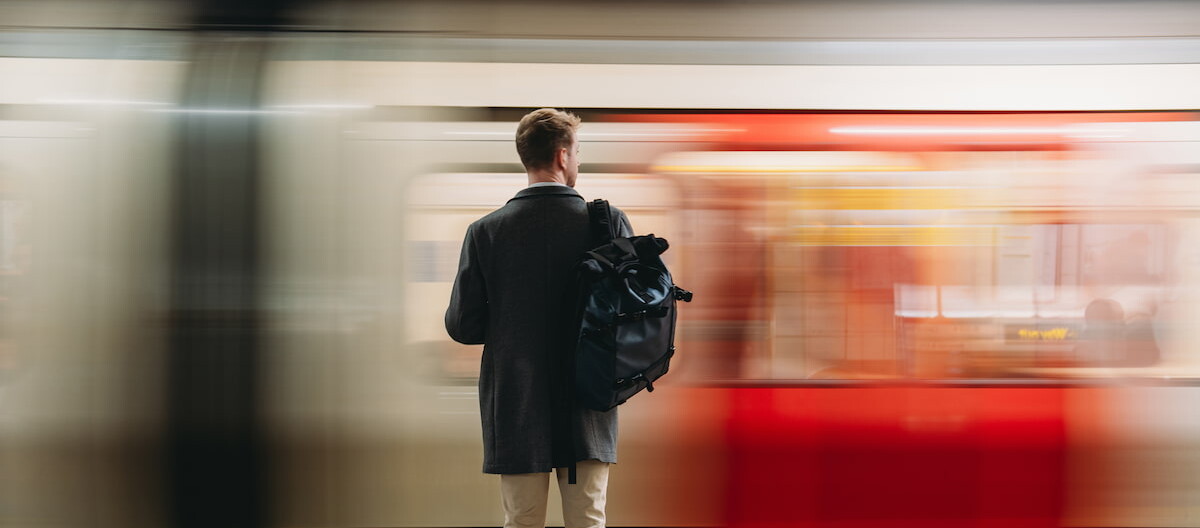Table of Content
- Why Europe’s Rail Network Is Still Stuck in the Past
- How Starline Could Speed Up Supply Chains and Cross-Border Logistics
- Supporting EU Climate Goals Through Low-Carbon Transport
- Modern Rail Hubs Built for Efficiency, Culture, and Connectivity
- Coordinated Governance and Funding for a Unified Rail System
1. Why Europe’s Rail Network Is Still Stuck in the Past
Europe’s railway system is still far from integrated. Incompatible standards, outdated infrastructure, and limited cross-border coordination continue to limit its performance.
For B2B purchasing and sourcing, this fragmentation leads to slower lead times, inconsistent service levels, and higher cross-border costs. As a result, rail remains less competitive for international freight, despite its clear advantages in speed, reliability, and sustainability.
Geopolitical uncertainty, rising energy costs, and the push for climate neutrality are forcing us to rethink how mobility is organized across the continent. Rail is expected to play a central role in this shift, but in its current form, it struggles to deliver.
China’s high-speed rail network offers a clear contrast. It connects major industrial hubs efficiently and continues to expand rapidly. Europe’s TEN-T (Trans-European Transport Network) initiative has similar ambitions but has been slowed by fragmented national planning and inconsistent execution.
This is where the Starline Tube Project comes in. Rather than improving existing lines one by one, Starline aims to build a unified high-speed corridor designed specifically for the realities of modern logistics and long-term resilience.
2. How Starline Could Speed Up Supply Chains and Cross-Border Logistics
One of the main advantages of the Starline project is its dedicated cargo capacity.
Unlike typical high-speed rail networks focused on passengers, Starline will support time-sensitive freight, from fresh produce and pharmaceuticals to critical manufacturing components.
Shifting this freight from road and air to high-speed rail can:
- Reduce delays caused by traffic congestion and airport bottlenecks
- Improve transit speed and reliability, supporting just-in-time operations
- Improve cross-border logistics through harmonized customs and standardized scheduling
In addition, fulfilment hubs at key stations will allow goods to be sorted and dispatched directly on-site.

3. Supporting EU Climate Goals Through Low-Carbon Transport
Transport accounts for roughly 25% of the EU’s greenhouse gas emissions. Road and air are among the highest emitters, while rail remains one of the lowest, generating up to 90 percent less CO₂ per ton-kilometer.
Starline takes full advantage of this by operating on electrified lines powered entirely by renewable energy. With smart storage systems in place, it’ll help balance supply and demand across the network, making everything run more smoothly and efficiently.
For businesses that rely on frequent cross-border deliveries, sourcing for example fresh produce, industrial components, or retail stock, this kind of low-carbon, high-efficiency infrastructure could make a real difference in both cost and climate performance.
This approach not only supports the EU’s 2050 climate goals but also helps companies address Scope 3 emissions, which come from their suppliers and logistics. For procurement teams focused on meeting ESG targets, transitioning to low-carbon transport is a smart and strategic move.
4. Modern Rail Hubs Built for Efficiency, Culture, and Connectivity
Unlike traditional train stations located in crowded city centers, Starline’s hubs will be built just outside major urban areas. This allows for larger logistics zones without disrupting city life and makes it easier to integrate with regional transport networks.
Each hub is designed to serve two roles. On the logistics side, they’ll manage cargo loading, sorting, and onward distribution. On the civic side, they’re planned as modular, multifunctional spaces that can also support cultural and commercial activity.
For businesses, this means faster handling of goods, simpler transport connections, and better service consistency.
5. Coordinated Governance and Funding for a Unified Rail System
To address the fragmentation that has slowed rail development in Europe, Starline proposes a coordinated model built on clear governance, smart technology, and stable funding:
- European Rail Authority: A central body would oversee infrastructure, operations, and safety standards across member states to ensure a unified system.
- Franchise model: National operators could still run services, but within a common framework that maintains local expertise while ensuring consistency.
- AI-driven border procedures: Real-time data and automation would replace manual customs checks, reducing delays for freight and passengers.
- Mixed funding: EU grants, EIB loans, long-term bonds, and freight revenues would support the network. Cargo operations play a key role in making the system financially viable.

Conclusion
Starline responds to persistent challenges in cross-border mobility, infrastructure gaps and climate targets with a unified, future-facing approach.
It will become a cornerstone of how Europe stays competitive and connected, bringing B2B suppliers, buyers, and markets closer, faster.
If you want to learn more about streamlining supply chains and logistic strategies, read these insightful articles on europage’s online blog Inside Business:
The fundamentals of supply chain automation | Europages
Inventory management | Europages
Friendshoring: Benefits for the EU Provider of Vegetables

